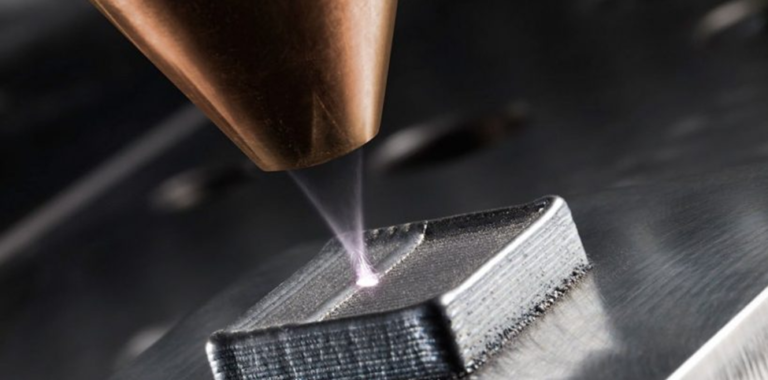What Are the Best Building Materials? Durability in Construction
Durability is essential in construction projects. Builders desire materials that are long-lasting. These materials must endure usage, weather, and time. Selecting the proper durable materials lowers maintenance expenses. It also ensures a structure’s durability. In this article we look at a few of the most enduring building materials.

Concrete
Concrete is one of the most common building materials. It is known for its strength and durability. Concrete can withstand heavy loads and harsh weather. It’s used in foundations, walls, and pavements. When reinforced with steel, it becomes even stronger. Concrete also lasts for decades with minimal maintenance.
Steel
Steel is an extremely durable material. It is utilized for framing, beams, and columns. Steel’s durability provides it with perfect for high-rise constructions. It can endure enormous loads without breaking. Steel is also durable to fire and insects. Furthermore, it is recyclable, making it environmentally beneficial. Steel constructions can last hundreds of years if properly maintained.
Brick
Builders have employed bricks in construction for ages. They make bricks from clay and burn them at high temperatures. This method gives bricks incredible strength. Brick constructions can last for hundreds of years. They’re resistant to fire, insects, and water. Brick also offers good insulation. Its durability and traditional design make it a popular choice for a variety of projects.
Stone
Natural stone is among the most durable materials accessible. Builders use it for both interior and exterior purposes. They often use stone walls, flooring, and countertops in dwellings. Commonly utilized stones include granite, limestone, and marble. Stone can resist severe weather conditions. It also battles scrapes and wear. Stone constructions are enduring and durable.
Wood (Treated or Engineered)
Properly treated and engineered wood can be a long-lasting material. Untreated wood may decay or be subject to bugs. However, treated wood is resistant to degradation and insect attack. Engineered wood products, such as plywood and laminated lumber, are durable. They’re utilized for flooring, roofing, and framing. When maintained properly, wood structures can last for decades.
Bamboo
Bamboo appears for its durability and flexibility. It is a rapidly expanding, renewable resource. Bamboo is frequently used in sustainable buildings. It has great tensile strength, which means it is resistant to stretching. Bamboo constructions can survive earthquakes and strong winds. Bamboo can outlast hardwoods if cared for properly.
Fiber Cement
Fiber cement is a hybrid material in which cement, sand, and fibers are the main components. It is used for flooring and roofing. Fiber cement is extremely durable and easy to maintain. It’s resistant to fire, rot, and insects. It can also resist severe climates such as hurricanes. Fiber cement panels survive a long time and provide effective home protection.
Aluminum
Aluminum is a lightweight but robust material. It’s often utilized in windows, doors, and roofs. Aluminum is resistant to rust and corrosion. This makes it perfect for coastal and wet areas. Aluminum constructions require less upkeep and last a long time. Its toughness and light weight make it a flexible option.
Glass
Tempered or laminated glass ranks among the strongest structural materials. Builders use it for windows, doors, and facades. Manufacturers heat-treat tempered glass to strengthen it. Laminated glass consists of layers that hold together when fractured. This increases safety and durability. Glass can endure strong winds and crashes. Its popularity in modern architecture continues to expand.
Concrete Blocks
Builders employ concrete blocks extensively in construction. They make concrete blocks from cement and use them for walls and foundations. Concrete blocks are both fire resistant and waterproof. They provide great thermal and sound isolation. Structures constructed using concrete blocks may last for many years. They require minimum upkeep.
Copper
Engineers commonly use copper in MEP services due to its strength. It is corrosion- and weather-resistant. Copper pipes have a longer lifespan than most other materials. Copper roofing can also last more than a century. This makes it a fantastic choice for long-term buildings. Its intrinsic resistance to corrosion contributes to its longevity.
Asphalt
Asphalt is mostly used for paving roads and driveways. It is sturdy and can resist high traffic. Asphalt is also resistant to moisture and weather damage. Regular maintenance, such as sealing, extends its lifespan. Asphalt roads may last for decades with adequate maintenance.
Vinyl
Vinyl is a strong synthetic substance. It is applied on siding, windows, and floors. Vinyl is resistant to moisture, bugs, and weather. It is very simple to clean and keep. Vinyl goods can endure 20 to 40 years. They are a popular choice because they require little upkeep and are economical.
Slate
Slate is a natural stone used for roofing and flooring. It is extremely durable and weather-resistant. Slate roofs can survive more than a hundred years. It also resists fire and mold. Slate floors are durable and scratch-resistant. Its lengthy lifespan makes it an excellent investment for homeowners.
Titanium
Titanium is a strong and lightweight metal. It is used in high-tech construction projects. Titanium is resistant to corrosion, fire, and extreme weather. It is often used in bridges, towers, and large structures. While expensive, titanium’s durability makes it worth the investment.
Benefits of Choosing Durable Materials
Durable building materials offer long-term benefits. They reduce maintenance and repair costs. This saves money over the building’s lifetime. Durable materials also ensure safety and stability. They are less likely to fail under stress or weather. Using durable materials contributes to the structure’s longevity.
Environmental Impact
Durable building materials also help the environment. Long-lasting materials minimize the need for replacements. This reduces waste and saves resources. Many robust materials, such as steel and aluminum, are recyclable. Sustainable materials such as bamboo have a lesser environmental impact. Using durable, eco-friendly materials promotes green building techniques.
Conclusion
Durable building materials are required for long-term structures. Concrete, steel, and brick are strong and long-lasting materials. Natural options such as stone and bamboo promote sustainability. Modern materials such as fiber cement and aluminum provide long-lasting performance while requiring little maintenance. Choosing long-lasting materials saves money while also improving safety. Both builders and homeowners’ profit from long-lasting constructions.






